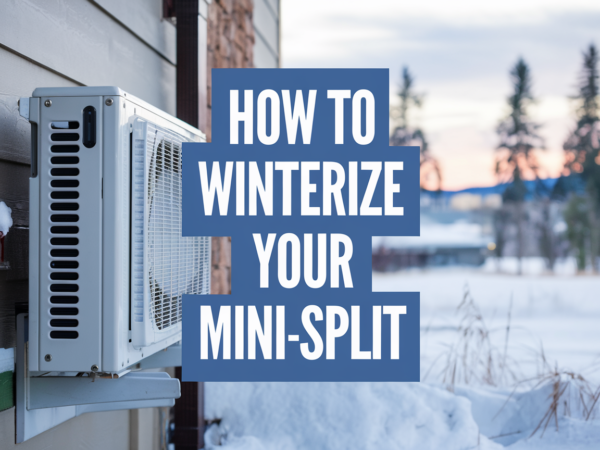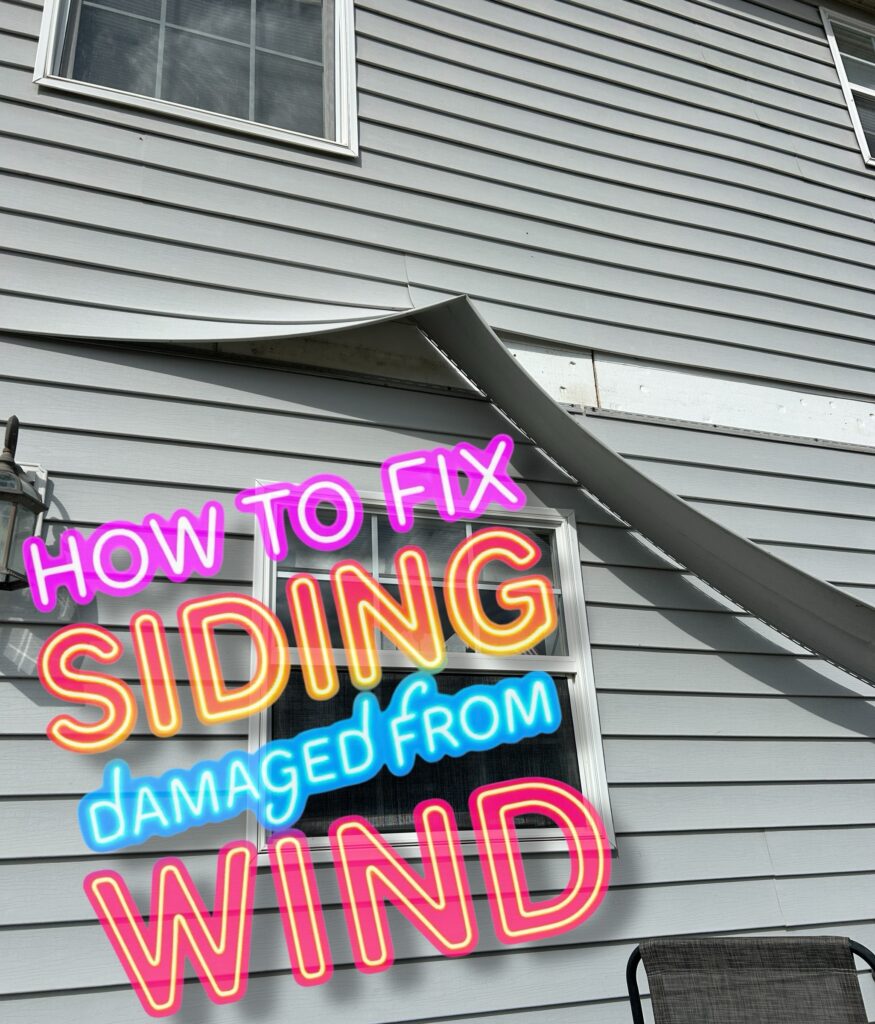
The Reality of Wind-Damaged Siding
If you’ve ever walked outside after a storm to find your vinyl siding flapping in the wind—or worse, missing entirely—you know the frustration of wind damage. It’s not just about how your house looks; damaged siding exposes your home to moisture, pests, and further structural issues.
Wind damage can be minor, like a loose panel, or severe, leaving entire sections ripped away. Ignoring it can lead to bigger problems, including mold, water damage, and higher energy bills. That’s why it’s important to fix siding damage from wind as soon as possible—and luckily, it’s a repair you can tackle yourself if you know what to do.
In this guide, I’ll walk you through how to assess, repair, and prevent wind-damaged siding like a pro. Whether you need a quick patch job or a full siding replacement, this article will help you protect your home and avoid costly repairs down the road.
If you’re thinking about making other home exterior upgrades, check out this guide on creating a welcoming front porch with cedar posts and white siding for inspiration.
What Does Wind Damage on Siding Look Like?
Sometimes, siding damage is obvious—you’ll see missing panels, deep cracks, or bent sections. But not all wind damage is easy to spot. Here’s what to look for.
Signs of Wind-Damaged Siding
- Loose or rattling panels – If siding moves when you press on it, it’s at risk of falling off.
- Small cracks or fractures – Even minor cracks can let in water and lead to bigger issues.
- Dents and dings – Often caused by wind-blown debris or hail.
- Gaps or separation – Wind can loosen siding, causing panels to pull apart from each other.
- Discoloration – UV exposure and moisture can weaken siding over time, making it more prone to wind damage.
Siding Damage from Wind vs. Hail
- Wind damage typically loosens, bends, or rips panels off completely.
- Hail damage causes dents, cracks, and breakage—especially on older siding.
- Both types of damage can weaken your home’s exterior, making it more vulnerable to future storms.
How to Inspect Your Siding for Wind Damage
- Walk around your home and look for missing, loose, or cracked panels.
- Press on siding panels—if they move easily, they need to be secured.
- Check seams and corners, where wind tends to do the most damage.
- Look at siding near the roofline—high winds often cause the worst damage near eaves and gables.
If you find damage, don’t ignore it—even small cracks can lead to leaks and costly repairs over time. In the next section, we’ll go over when homeowners insurance covers siding damage from wind and how to file a claim if needed.
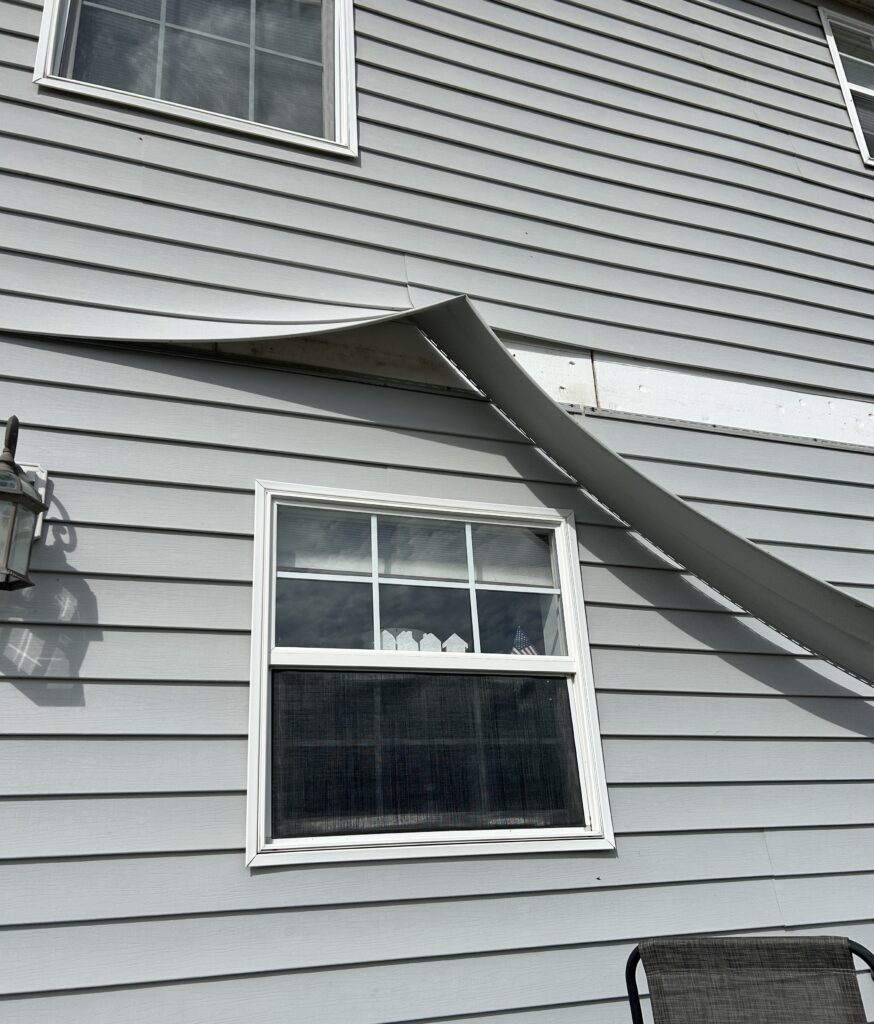
Does Homeowners Insurance Cover Wind Damage to Siding?
One of the first questions homeowners ask after a storm is “Will my insurance cover this?” The good news is that many homeowners insurance policies do cover siding damage from wind, but there are a few key things to consider before filing a claim.
When Does Insurance Cover Wind-Damaged Siding?
- Storm-related damage – If high winds, hail, or flying debris caused the damage, most insurance policies will cover repairs.
- Sudden and accidental damage – If the wind damage happened suddenly during a storm, you’re more likely to be covered.
- Matching coverage – Some policies cover the cost of replacing an entire side of your home’s siding if the new siding won’t match the old.
When Might Insurance Deny Your Claim?
- Pre-existing damage – If your siding was already cracked, loose, or weakened before the storm, the insurer might not cover repairs.
- Poor maintenance – If the damage was due to neglect, such as failing to secure loose siding before a storm, the claim may be denied.
- Partial damage – Some policies won’t cover cosmetic damage, such as minor dents or discoloration, unless it affects your home’s structure.
How to File an Insurance Claim for Siding Damage from Wind
- Document the damage – Take clear photos and videos of all affected areas.
- Check your policy – Review your homeowners insurance policy to see what’s covered.
- Contact your insurance company – Report the damage as soon as possible.
- Get an inspection – Your insurer may send an adjuster to assess the damage.
- Hire a contractor if needed – If your claim is approved, choose a contractor to repair or replace the siding.
If you’re dealing with wind damage, it’s always a good idea to know your insurance coverage in advance. For more ways to protect your home from unexpected issues, check out these must-know homeowner tasks.
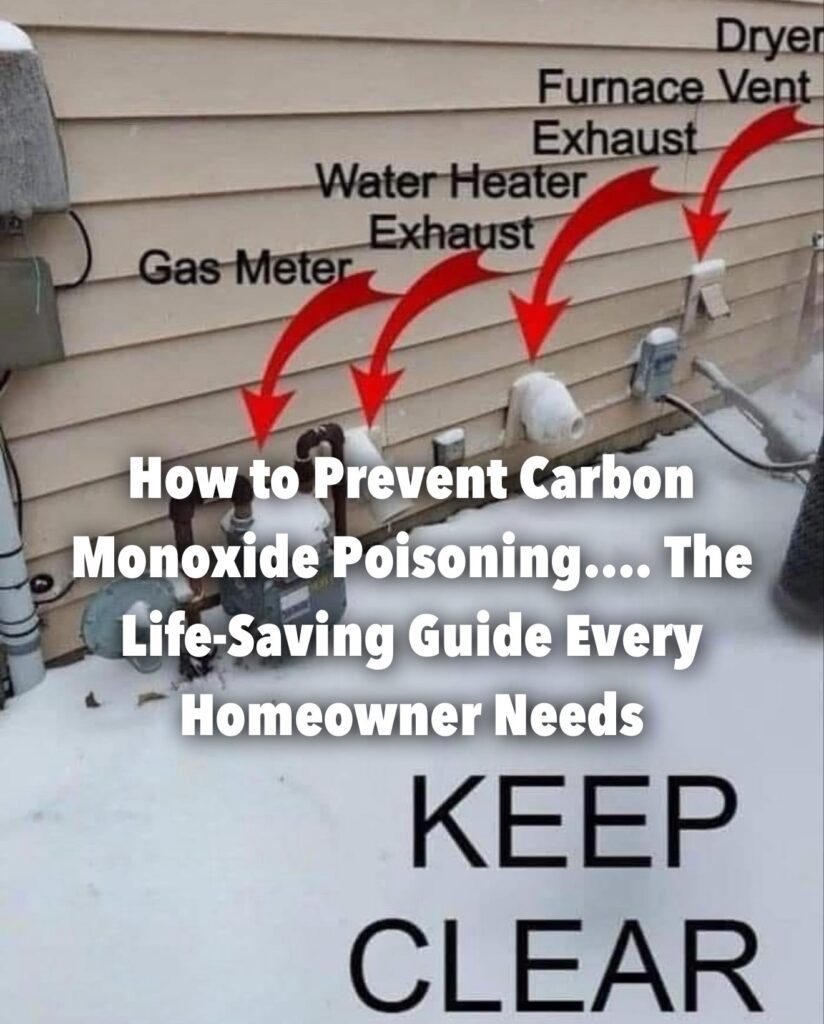
Can You Repair Damaged Vinyl Siding? (Yes, and Here’s How)
The short answer is yes! If your vinyl siding has loose panels, cracks, or missing sections, you can repair it yourself with the right tools. However, if the damage is extensive, full replacement may be necessary.
When You Can Repair Siding vs. When It Needs Replacement
✅ Repair siding if:
- Only one or two panels are cracked or loose.
- Damage is cosmetic and doesn’t affect insulation or waterproofing.
- The siding is relatively new and still in good condition.
❌ Replace siding if:
- Large sections are missing, warped, or severely cracked.
- The underlying structure is exposed or damaged.
- Your siding is old and brittle, making repairs difficult.
How to Fix Vinyl Siding After Wind Damage
Tools & Materials You’ll Need:
- Vinyl siding zip tool
- Replacement siding panels (if needed)
- Utility knife
- Tape measure
- Pry bar
- Hammer and nails or screws
Step-by-Step Repair Guide:
- Remove the damaged panel – Use the zip tool to unlock the siding and carefully slide the panel out.
- Measure and cut a replacement piece – If replacing, trim the new panel to the correct size using a utility knife.
- Slide the new panel into place – Lock it into the panel below and secure it at the top.
- Snap the siding back together – Use the zip tool to reseal the edges.
If you’re dealing with siding damage from wind and need a quick fix, this method will get your home looking good again in no time. In the next section, we’ll talk about how much wind vinyl siding can actually withstand—and what to do if your siding keeps failing in storms.

How Much Wind Can Vinyl Siding Withstand?
Vinyl siding is designed to handle moderate wind conditions, but extreme weather can push it to its limits. Understanding how much wind your siding can take will help you decide whether repairs are enough or if it’s time to upgrade to something more durable.
Wind Resistance of Different Types of Vinyl Siding
- Standard vinyl siding – Typically rated for 90-110 mph winds, but installation quality affects durability.
- Premium impact-resistant vinyl siding – Can handle up to 150 mph winds, making it a better choice for storm-prone areas.
- Older or improperly installed siding – May fail in winds as low as 50-70 mph due to loose panels or wear and tear.
Why Some Siding Fails Faster in High Winds
- Loose installation – If siding isn’t nailed properly, strong winds can catch underneath and rip panels off.
- Low-quality materials – Cheaper siding is thinner and more brittle, making it easier to crack or warp.
- Extreme temperature changes – Repeated expansion and contraction weakens siding over time.
- Lack of wind barriers – Homes without trees, fences, or other windbreaks may experience stronger wind pressure against the siding.
If your area gets frequent storms, it may be time to invest in stronger siding. Pairing your siding upgrade with a front porch renovation can also add extra protection—learn how in this guide on upgrading your porch with cedar posts and white siding.
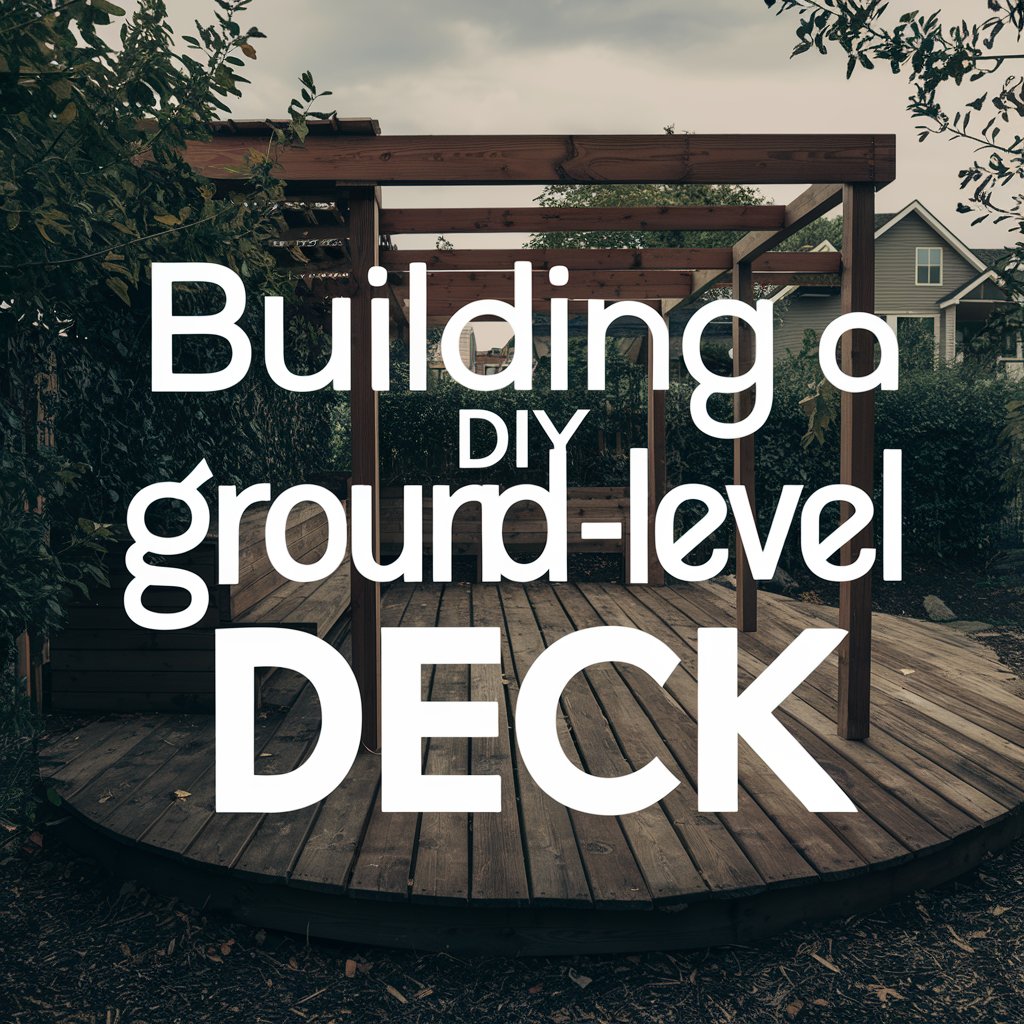
How Much Does It Cost to Repair Damaged Vinyl Siding?
The cost of fixing siding damage from wind depends on how much needs to be repaired and whether you’re doing it yourself or hiring a professional.
DIY Vinyl Siding Repair Costs
- Replacement siding panels – $5 to $15 per panel
- Vinyl siding zip tool – Around $10
- Utility knife and other basic tools – $20 to $50
- Total DIY cost – $50 to $200 for minor repairs
Professional Siding Repair Costs
- Small repairs – $200 to $500, depending on labor and material costs.
- Full siding replacement – $5,000 to $15,000, depending on your home’s size and the type of siding.
How to Save Money on Siding Repairs
- Buy extra panels when installing new siding – This ensures you have matching replacements.
- Fix minor damage before it worsens – A small crack can turn into a bigger, more expensive repair if ignored.
- Check your insurance coverage – If the damage is storm-related, your homeowners insurance may cover it (check out the earlier section on filing a claim).
If your home is constantly facing wind damage, it might be time to evaluate other potential home hazards. One often-overlooked danger is carbon monoxide leaks—learn how to prevent them in this guide on carbon monoxide poisoning prevention.

Preventing Future Siding Damage from Wind
Fixing siding damage from wind is one thing, but how do you stop it from happening again? If your siding keeps coming loose after storms, it’s time to reinforce your home’s exterior and take steps to make it more wind-resistant.
How to Secure Vinyl Siding Against Strong Winds
- Ensure proper installation – Siding should be nailed loosely to allow for expansion and contraction but still secure enough to resist wind uplift.
- Upgrade to wind-resistant siding – If your home experiences frequent storms, consider impact-resistant vinyl siding, which can withstand winds up to 150 mph.
- Reinforce edges and corners – These are the weakest points in siding. Adding extra fasteners or caulking around seams can prevent wind from getting underneath.
- Install a windbreak – Fences, trees, and shrubs can help reduce wind pressure against your home.
- Inspect your siding regularly – Catching loose panels early prevents bigger problems later.
Why Preventative Maintenance Matters
Taking small maintenance steps now can save you thousands in repairs later. Wind, rain, and extreme temperatures can wear down siding over time, so keeping up with routine inspections is key.
If you’re looking for other ways to keep your home in top shape, check out this guide on must-know homeowner tasks to make sure you’re covering all your bases.

What Is the Life Expectancy of Vinyl Siding on a House?
One of the biggest factors in how well siding holds up against wind is its age. Even the best-installed vinyl siding won’t last forever, and older siding is much more vulnerable to wind damage.
How Long Does Vinyl Siding Last?
- Average lifespan – 20 to 40 years, depending on quality and climate.
- Lower-grade siding – May start cracking or fading after 15 years.
- Premium vinyl siding – Can last up to 50 years with proper care.
Signs Your Siding Needs to Be Replaced
- Frequent cracking or breakage – Older siding becomes brittle, making it more prone to wind damage.
- Warping or buckling – This often happens due to heat exposure or poor installation.
- Fading or chalky appearance – UV damage weakens siding over time, making it less durable.
- High energy bills – Damaged siding reduces insulation, leading to higher heating and cooling costs.
If your siding is nearing the end of its lifespan, replacing it with a stronger, wind-resistant material could save you a lot of repair headaches down the road. In the final section, we’ll go over how to decide between repairing or replacing your siding and the best long-term solutions for wind damage.
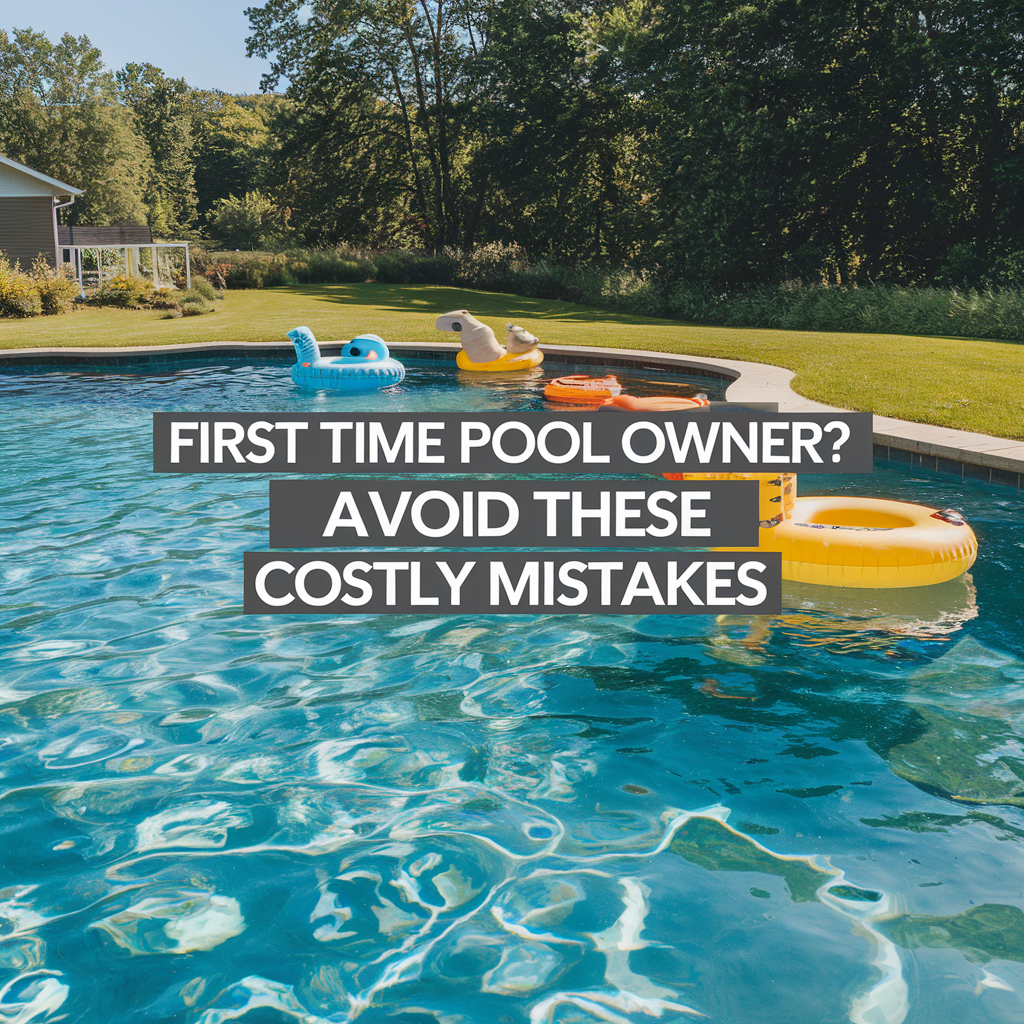
Don’t Let Wind-Damaged Siding Go Unfixed
Wind-damaged siding isn’t just a cosmetic issue—it’s a potential hazard that can lead to water damage, pest infestations, and higher energy costs if left unaddressed. Whether your siding has minor cracks, loose panels, or entire sections missing, the sooner you repair or replace it, the better.
DIY Repair vs. Professional Help: Which Is Right for You?
- Fix it yourself if you have a few loose or cracked panels and are comfortable using a siding zip tool and utility knife.
- Call a pro if the damage is severe, widespread, or your siding is old and brittle.
- Consider upgrading to wind-resistant siding if you live in an area with frequent storms.
Final Takeaways for Protecting Your Home
- Inspect your siding regularly—catching damage early prevents costly repairs.
- Reinforce edges and corners to stop wind from getting underneath panels.
- Upgrade if your siding is past its lifespan—newer siding is much more storm-resistant.
- Check your homeowners insurance—you might be eligible for covered repairs.
Taking a proactive approach will not only keep your home looking great but also save you time, money, and stress in the long run. If you’re working on other home improvement projects, make sure you also check out this guide on carbon monoxide poisoning prevention—because a safe home is just as important as a well-maintained one.

As an Amazon Associate we earn from qualifying purchases through some links in our articles.


